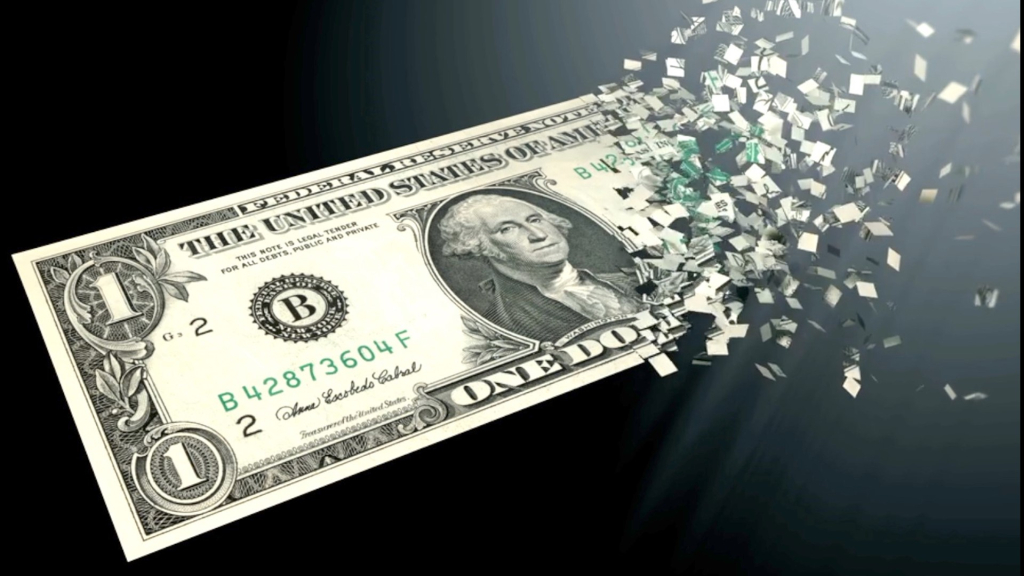
Consumer prices rose 0.3% in December, higher than expected, pushing the annual rate to 3.4%
Consumers paid more than expected in Decmeber for a variety of goods and services, pushing the Consumer Price Index .3% for the month, higher than the .2% estimate in a time policymakers and economists see inflation related pressures easing.
Fox News reports prices that consumers pay for a variety of goods and services rose more than expected in December, according to a Labor Department measure Thursday that shows inflation still holding a grip on the U.S. economy.
Excluding fluctuating food and energy prices, the “core CPI” also increased .3% for the month and from a year prior, 3.9%. Experts say much of the increase came in the form of rising costs for shelter. That category was up .5% for the month. Annually shelter costs were up 6.2% or accounting about two-thirds of inflation’s rise.
Fed officials expect shelter costs to decline through the year as renewed leases reflect lower rents.
Food prices, up .2% in December; egg prices though, up 8.9% for the month, but down annually 23.8%
Food prices increased 0.2% in December, the same as in November. Egg prices surged 8.9% on the month, but were still down 23.8% annually. Energy posted a 0.4% gain after sliding 2.3% in November as gasoline rose 0.2% but natural gas declined 0.4%.
Wages adjusted for inflation posted a 0.2% gain on the month, while rising a modest 0.8% from a year ago, the Bureau of Labor Statistics said in a separate release.
The inflation readings cover the same month that the Fed held its key borrowing rate steady for the third straight meeting. Along with that decision, policymakers indicated that they could begin cutting rates this year so long as the inflation data continue to cooperate.
Despite the higher than expected inflation readings, futures traders continued to assign a strong possibility that the Fed may begin cutting interest rates in March.
Fox quotes New York Fed President John Williams as saying inflation clearly has abated from its more than 40-year peak in mid-2022 and is making solid progress. But he offers no hints as to when rate cuts might be appropriate, insisting “restrictive” policy is likely to stay in place for some time.




